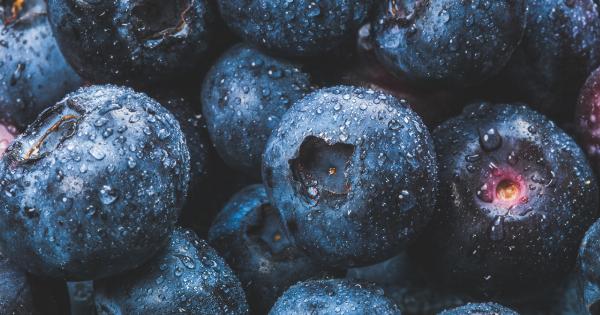Hypertension, also known as high blood pressure, is a common condition that affects millions of people worldwide.
It occurs when the force of blood against the walls of your arteries is consistently too high, which can lead to serious health complications if left untreated.
Fortunately, there are many lifestyle changes you can make to help manage your blood pressure, including watching what you eat. One food that has been shown to have a positive effect on hypertension is walnuts.
What are Walnuts?
Walnuts are a type of nut that comes from the Juglans genus of trees. They are a rich source of healthy fats, protein, fiber, vitamins, and minerals.
They are also one of the best plant-based sources of omega-3 fatty acids, which are essential for good health.
How Do Walnuts Affect Blood Pressure?
Walnuts have been shown to have a positive effect on blood pressure due to their high content of polyunsaturated and monounsaturated fats. These fats have been linked to a reduced risk of hypertension, as well as other cardiovascular diseases.
Studies have also shown that walnuts can improve endothelial function, which is the ability of blood vessels to dilate and contract properly. This can help to lower blood pressure and improve overall cardiovascular health.
How Much Walnuts Should You Eat?
While walnuts can indeed help to lower blood pressure, it’s important to consume them in moderation. Eating too many walnuts can lead to weight gain, which can also lead to hypertension.
The American Heart Association recommends consuming about 1.5 ounces of nuts per day, which is equivalent to about 20-30 walnuts. This amount has been shown to have a positive effect on cardiovascular health without causing weight gain.
It’s also important to note that walnuts are high in calories, so if you’re watching your calorie intake, you should be mindful of your portion sizes.
How to Incorporate Walnuts into Your Diet
There are many ways to incorporate walnuts into your diet. Here are a few ideas:.
- Add chopped walnuts to your morning oatmeal or yogurt.
- Sprinkle some walnuts on top of a salad or roasted veggies.
- Make your own trail mix with walnuts, dried fruit, and seeds.
- Use walnuts as a crust for baked goods, such as a cheesecake or tart.
- Make your own walnut butter to spread on toast or apples.
Conclusion
Walnuts are a tasty and nutritious food that can help to lower blood pressure and improve overall cardiovascular health. Remember to consume walnuts in moderation, and try incorporating them into your diet in creative ways.































